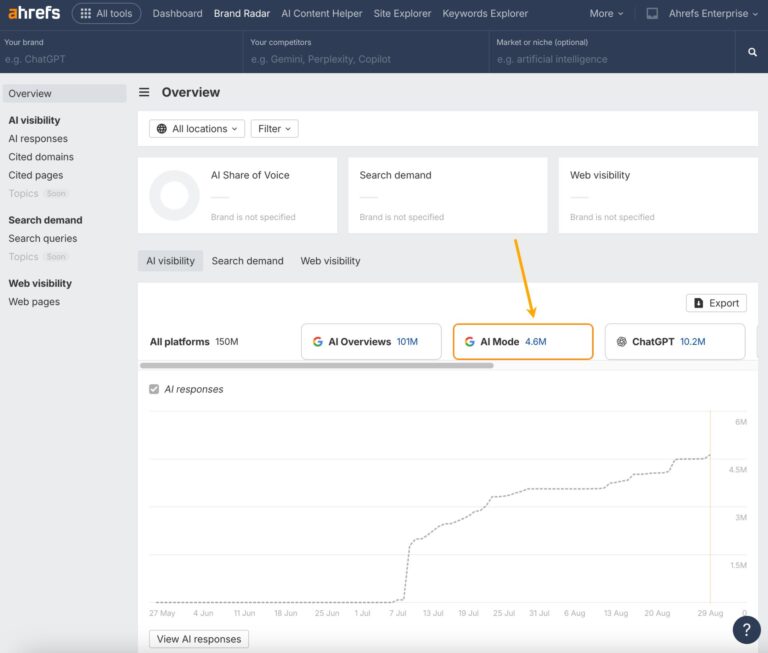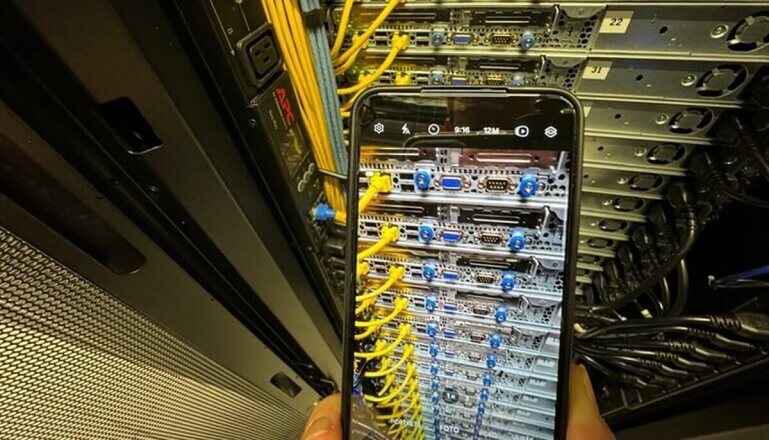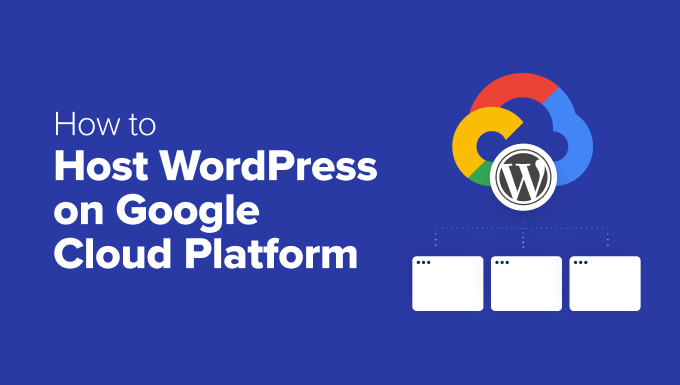

In today’s landscape of cloud-native services and fast-scaling digital businesses, the expectations for secure, flexible, and efficient hosting environments have never been higher. Whether you’re building a SaaS platform, running managed services, or supporting diverse customer workloads, mastering the intricacies of multi-tenant architecture is essential. At the core of these environments, advanced NAT (Network Address Translation) and PAT (Port Address Translation) techniques play a pivotal role—enabling seamless isolation, robust security, and optimal resource sharing across tenants.
Why Multi-Tenant Architecture?
Multi-tenant architecture is more than a buzzword. It’s a strategic approach that lets multiple customers, or “tenants,” share the same underlying infrastructure—hardware, network, and software platforms—while maintaining strong logical and operational separation. This approach fundamentally changes how resources are allocated, how security policies are enforced, and how scalability is achieved.
The architecture is particularly attractive for SaaS providers, ISVs, and enterprises aiming to serve many clients with minimal overhead and maximum flexibility. With tenants sharing the same resources, you gain cost efficiency, centralized management, and simplified operations. However, the challenge lies in ensuring that each tenant’s data and network traffic remain securely isolated, and that high performance is maintained even as the user base grows.
The Critical Role of NAT and PAT in Multi-Tenant Systems
As multi-tenant platforms scale, the complexity of managing tenant environments increases exponentially. Overlapping IP ranges, overlapping VLANs, and segmentation requirements are common hurdles. This is where NAT and PAT become foundational.
NAT enables the mapping of internal, private IP addresses to external, routable IP addresses, ensuring that tenant networks can coexist without conflict. PAT, often called “overloading,” extends this by allowing multiple tenants to share a single public IP address, distinguished by port numbers. Together, NAT and PAT provide a flexible mechanism to:
- Isolate tenant traffic at the network layer
- Simplify integration between on-premises, cloud, and hybrid environments
- Enable overlapping address spaces for different tenants
- Enhance scalability by reducing public IP consumption
- Support policy-driven routing and segmentation
Modern implementations leverage dynamic NAT pools, policy-based translation, and even virtualized network functions to accommodate evolving needs. For organizations onboarding new tenants frequently, advanced NAT and PAT streamline the provisioning process and future-proof your network against growth.
Ensuring Data Isolation and Multi-Tenant Security
Security is the linchpin of any multi-tenant deployment. With multiple organizations or business units sharing the same infrastructure, preventing data leakage and unauthorized access becomes non-negotiable. Advanced NAT/PAT, combined with VLANs, VRFs (Virtual Routing and Forwarding), and microsegmentation, ensures that each tenant’s traffic is strictly partitioned.
Further, integrating these network translation techniques with role-based access controls, encryption (both at rest and in transit), and continuous monitoring establishes a defense-in-depth strategy. This is especially important for industries governed by strict compliance requirements—such as financial services, healthcare, and e-commerce—where a single misconfiguration can have significant consequences.
Optimizing Resource Sharing Without Compromising Performance
One of the standout benefits of multi-tenant architecture is resource optimization. By sharing compute, storage, and network resources, you can boost utilization rates and reduce costs. That said, contention for shared resources (“noisy neighbor” effects) can degrade performance if not proactively managed.
NAT and PAT techniques, when combined with intelligent load balancing and traffic shaping, help ensure fairness and stability. Automated failover, bandwidth controls, and dynamic scaling policies further reduce the risk of one tenant impacting another. This is particularly crucial for applications requiring low latency, high throughput, or predictable performance.
Kickstarting Your Multi-Tenant Journey: Best Practices and Considerations
For those considering a move to multi-tenant platforms, the path forward involves both strategic planning and technical rigor. Here’s how you can get started:
- Assess Your Application and Tenant Needs
Identify which parts of your application can be shared safely, and where isolation is required. Understand your regulatory, security, and performance requirements. - Design for Logical and Network Isolation
Use VLANs, VRFs, and advanced NAT/PAT to segment tenant environments. Ensure your network design can scale with new tenants, and plan for overlapping address spaces if necessary. - Automate Provisioning and Management
Leverage orchestration tools and infrastructure-as-code to automate tenant onboarding, IP management, and policy enforcement. This not only accelerates deployment but also reduces human error. - Monitor, Audit, and Optimize Continuously
Implement tools for real-time monitoring, logging, and alerting. Regularly audit your configurations to detect and remediate misconfigurations or security gaps. - Plan for Growth and Flexibility
Choose platforms and providers that support modular scaling—whether adding tenants, expanding to new regions, or integrating with cloud-native services.
Why Dedicated Servers Matter for Multi-Tenant Platforms
While virtualization and cloud services are popular for multi-tenancy, dedicated servers remain a compelling choice for organizations prioritizing performance, compliance, and full control. With a dedicated server, each tenant’s workloads can be isolated at the hardware level, reducing the risk of resource contention and increasing predictability. This is particularly valuable for high-throughput applications and scenarios requiring custom networking or storage configurations.
Dataplugs Dedicated Server: A Foundation for Secure Multi-Tenancy
For businesses looking to build or expand multi-tenant platforms, Dataplugs offers dedicated bare metal servers in Hong Kong—a hub for digital business in Asia-Pacific. Here’s how Dataplugs servers are uniquely suited for multi-tenant solutions:
- Single-Tenant Hardware, Multi-Tenant Logic: Every server is dedicated to your environment, with full control over how you implement network and application isolation for your tenants.
- Customizable Configurations: Choose from the latest Intel Xeon and AMD EPYC processors, high-memory options, and NVMe SSD storage—tailored to handle diverse and intensive workloads.
- Advanced Network Capabilities: Direct CN2 connectivity, BGP-optimized routing, and support for VLANs and private networking allow you to design secure, scalable tenant environments.
- Enterprise Security: Built-in anti-DDoS protection, optional Web Application Firewall (WAF), and 24/7 technical support create a secure operational baseline.
- Rapid Deployment and Flexibility: With servers ready to deploy in as little as one hour, you can scale quickly as new tenants are onboarded.
Moving Forward: Building Resilient Multi-Tenant Platforms
Multi-tenant architecture, powered by advanced NAT and PAT techniques, is a proven way to deliver scalable, secure, and optimized digital services. By blending robust network design, automation, and dedicated hardware, organizations can confidently serve multiple customers—each with their own isolated environment—while maintaining operational efficiency.
If you’re ready to explore multi-tenancy for your business, consider how dedicated infrastructure, like that from Dataplugs, can accelerate your journey. Whether you’re launching a new SaaS platform, modernizing existing services, or looking to consolidate resources, a dedicated server environment provides the control, security, and performance foundation needed to succeed in today’s competitive market.
To discuss your project or get a tailored solution, connect with Dataplugs’ team via live chat or sales@dataplugs.com. Take the first step towards a future-proof, high-performing multi-tenant platform today.





